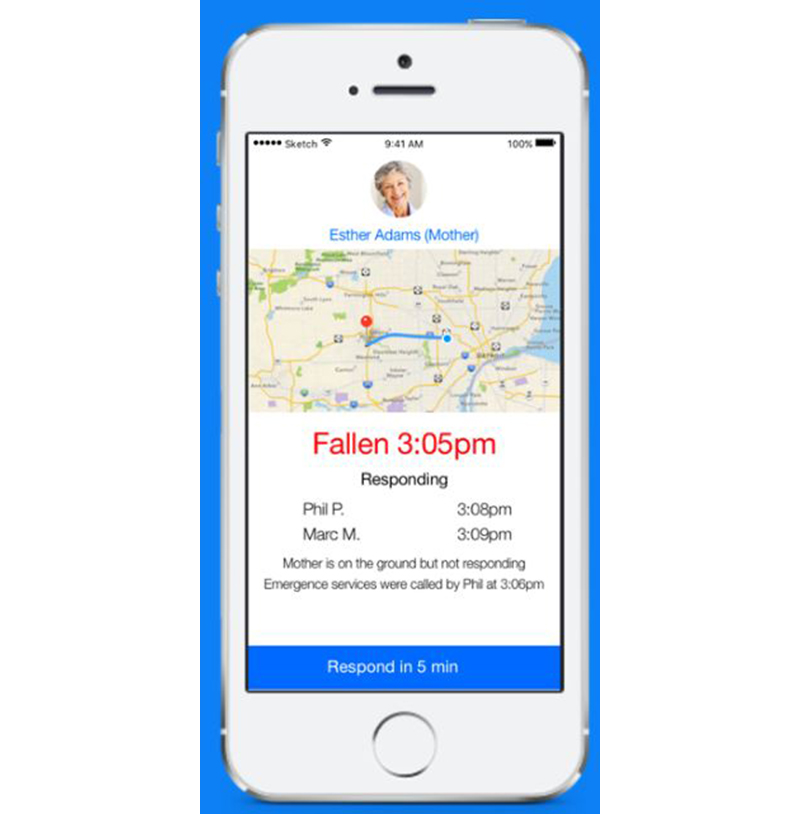In Part 1, Philip Regenie, CEO of AI healthcare company, Zanthion Inc., discussed how AI is currently used in healthcare settings, and specifically, how AI could help mitigate the severity of fall-related injuries for senior citizens.
An interesting approach Regenie proposed to reduce the number of elderly fall-related injuries relates to the concept of seatbelts.
“The beauty of seat belts is that we have all been trained to wear them when we get in cars,” said Regenie. “Simply wearing non-intrusive safety clothing will prevent a tremendous number of injuries and deaths in our frail seniors.”
An element that can increase falls is improper environmental design, Regenie said. Simple community services to assure safer senior homes could go a long ways in limiting falls. Promising exoskeleton designs that balance and protect seniors as their motor skills decline is another device to mitigate falls.
Ultimately, incorporating AI into a home to create a smart home is a task that can have numerous benefits for elderly and is extremely doable. Smart homes often make individuals lives easier by engaging them with safer habits.
“A smart home removes sharp corners, places outlets at waist level, removes frustration by allowing voice commands with easy redundant physical implementations, makes all opening of drawers, doors, and windows easy, turns lights on and off automatically, and provides really good lighting and proper colors so that walls and objects are easily identified,” said Regenie.
Additionally, Regenie mentioned smart devices such as protective clothing and jewelry allow individuals to read vitals and provide reminders. Smart homes may also include stoves that turn off automatically, and never apply heat without metal and weight applied to the stove surface. Doors may also have the capability to open and close automatically. Televisions may have large screens that hard-of-seeing use to assist with reading. The company Zanthion is one example that offers smart watches, smart window and door sensors, motion sensors for bathroom falls, and protective pants and shirts.
Ultimately, Regenie said integrating AI within existing infrastructures can be done as long as it follows these guidelines:
- Collect data (connect data to gateways)
- Isolate data from unique identifiers of residents and patients
- Clean the data
- Ship the data for analytics
- Format massive data sets with labeled outcomes for patterns
- Product AI models
AI could be an integral part of assisted living facilities and smart homes in order to alleviate the magnitude of falls for senior citizens.
“With the world demographic shift towards populations composed of greater than 25 percent seniors, AI can help find dignified, non-stigmatized healthcare solutions,” Regenie said.

Zanthion Systems offer motion sensors for falls and will call an emergency service the moment a fall is detected. Credit: Zanthion




